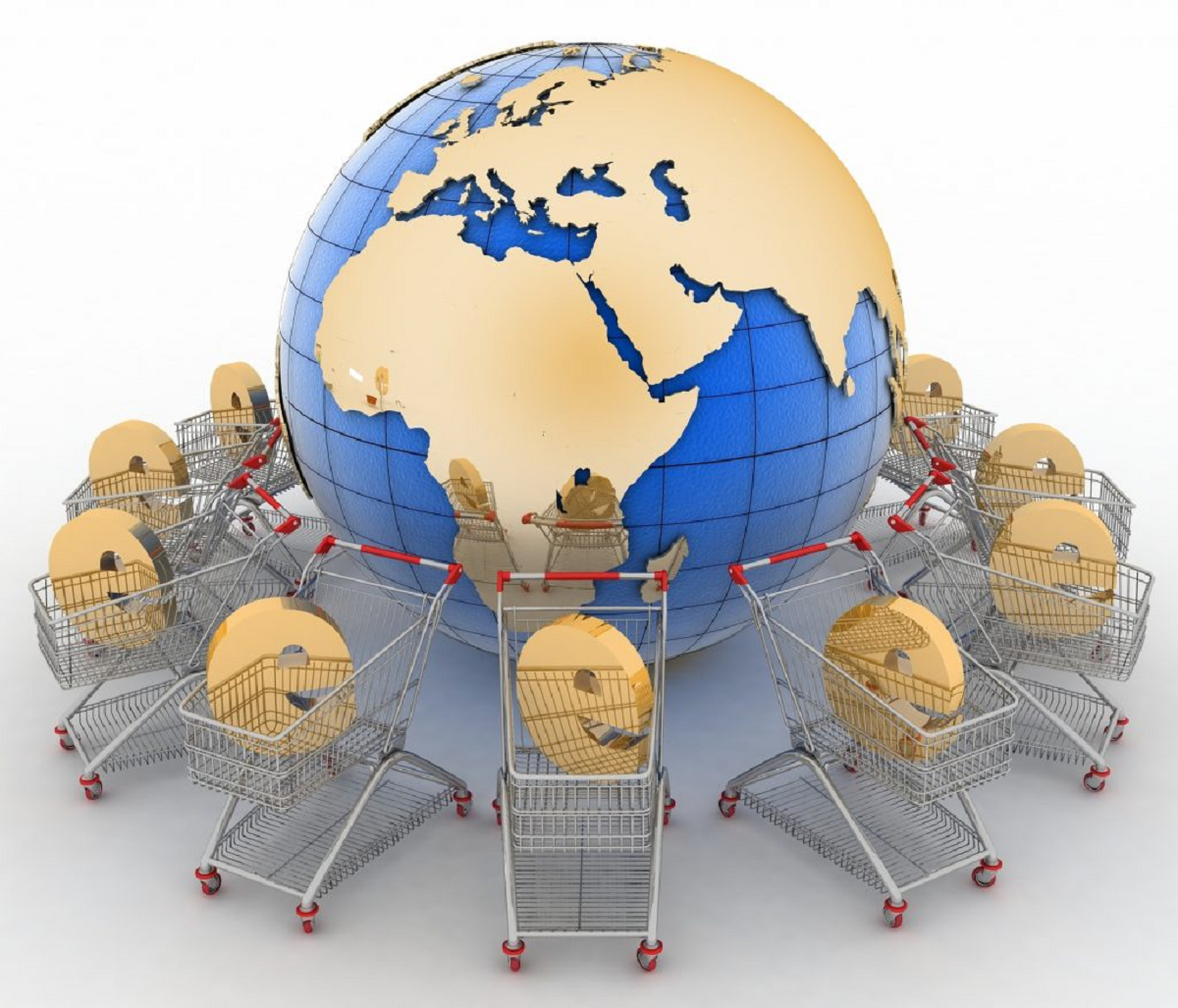Introduction to markets and their importance
As human beings, we have always had a need for exchanging goods and services. This basic need gave birth to markets – places where people come together to buy and sell. Markets are not just physical spaces, but also encompass the systems and networks that facilitate trade. They have played a pivotal role in human civilization, enabling economic growth, cultural exchange, and the development of societies. In this article, I will explore the evolution of markets, from their humble beginnings as local exchanges to the global economies we see today.
Historical overview of local exchanges and bartering
Before the advent of currency, people relied on bartering as a means of trade. Bartering involved exchanging goods or services directly, without the use of money. In local exchanges, communities would gather at designated marketplaces to engage in bartering. These marketplaces were often situated in central areas, where individuals could easily come together and showcase their goods. The items exchanged varied greatly, from food and livestock to tools and crafts. These local exchanges were the foundation of early economies, fostering social cohesion and encouraging specialization of skills.

The role of currency in the development of markets
The introduction of currency revolutionized the concept of markets. It provided a standardized medium of exchange, making trade more efficient and convenient. Currency eliminated the need for direct bartering and enabled individuals to accumulate wealth. With the emergence of coins and later paper money, markets expanded beyond local boundaries. Traders could now travel further distances, carrying their currency with them. This led to the establishment of regional and national markets, where goods from different areas could be bought and sold.
The rise of regional and national markets
The rise of regional and national markets marked a significant shift in the evolution of markets. As societies became more organized and political entities emerged, trade became a means of strengthening economies and forging alliances. Regional markets brought together communities from neighboring areas, facilitating the exchange of goods and ideas. These markets often had a central authority or governing body that regulated trade and resolved disputes. As civilizations grew, so did the complexity of these markets, with specialized areas for specific industries and products.
Industrialization and the expansion of markets
The Industrial Revolution in the 18th century brought about a major transformation in markets. With the advent of mechanization and mass production, goods could be produced on a larger scale and at a lower cost. This led to increased trade and the expansion of markets beyond national borders. Industrialization also gave rise to new industries and products, creating a demand for raw materials from different parts of the world. As a result, global trade networks were established, connecting markets across continents.
The impact of technology on market globalization
In the 20th century, technological advancements further accelerated the globalization of markets. The invention of the telegraph and later the telephone allowed for instantaneous communication across great distances. This enabled traders to connect with suppliers and buyers from around the world, transcending geographical barriers. The development of transportation systems, such as railways and steamships, made it easier to transport goods long distances. The internet and digital technologies of the 21st century have taken market globalization to new heights, enabling online commerce and real-time transactions.
The emergence of global economies and the interconnectedness of markets
The combination of technological advancements and the liberalization of trade policies has led to the emergence of global economies. Today, markets are interconnected in ways that were unimaginable in the past. Goods and services can be produced in one corner of the world and consumed in another. Financial markets operate 24/7, with transactions happening across different time zones. The flow of capital, information, and labor is no longer restricted by national borders. This interconnectedness has both benefits and challenges, as it requires countries to adapt and collaborate in order to thrive in the global market.
Challenges and opportunities in the global market
While the global market presents numerous opportunities, it also poses challenges for businesses and economies. Increased competition means that companies must constantly innovate and adapt to stay ahead. Economic crises in one part of the world can have ripple effects across global markets. The interconnectedness of markets also means that issues such as climate change and political instability can have far-reaching consequences. However, the global market also offers opportunities for collaboration, knowledge sharing, and the growth of emerging economies.

The future of markets and the potential for further evolution
Looking ahead, markets are likely to continue evolving in response to technological advancements and changing global dynamics. The rise of artificial intelligence and automation may disrupt traditional industries and reshape the job market. The shift towards sustainable practices and ethical consumption will influence consumer behavior and market trends. The development of blockchain technology has the potential to revolutionize supply chains and create more transparent markets. As markets continue to evolve, it will be crucial for businesses and policymakers to adapt and embrace these changes.


